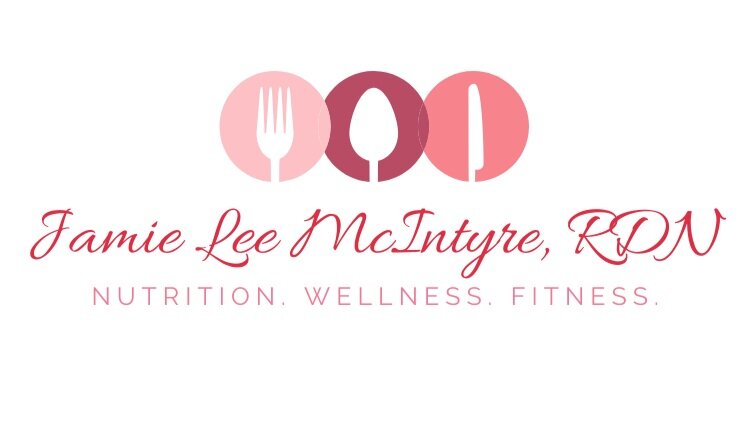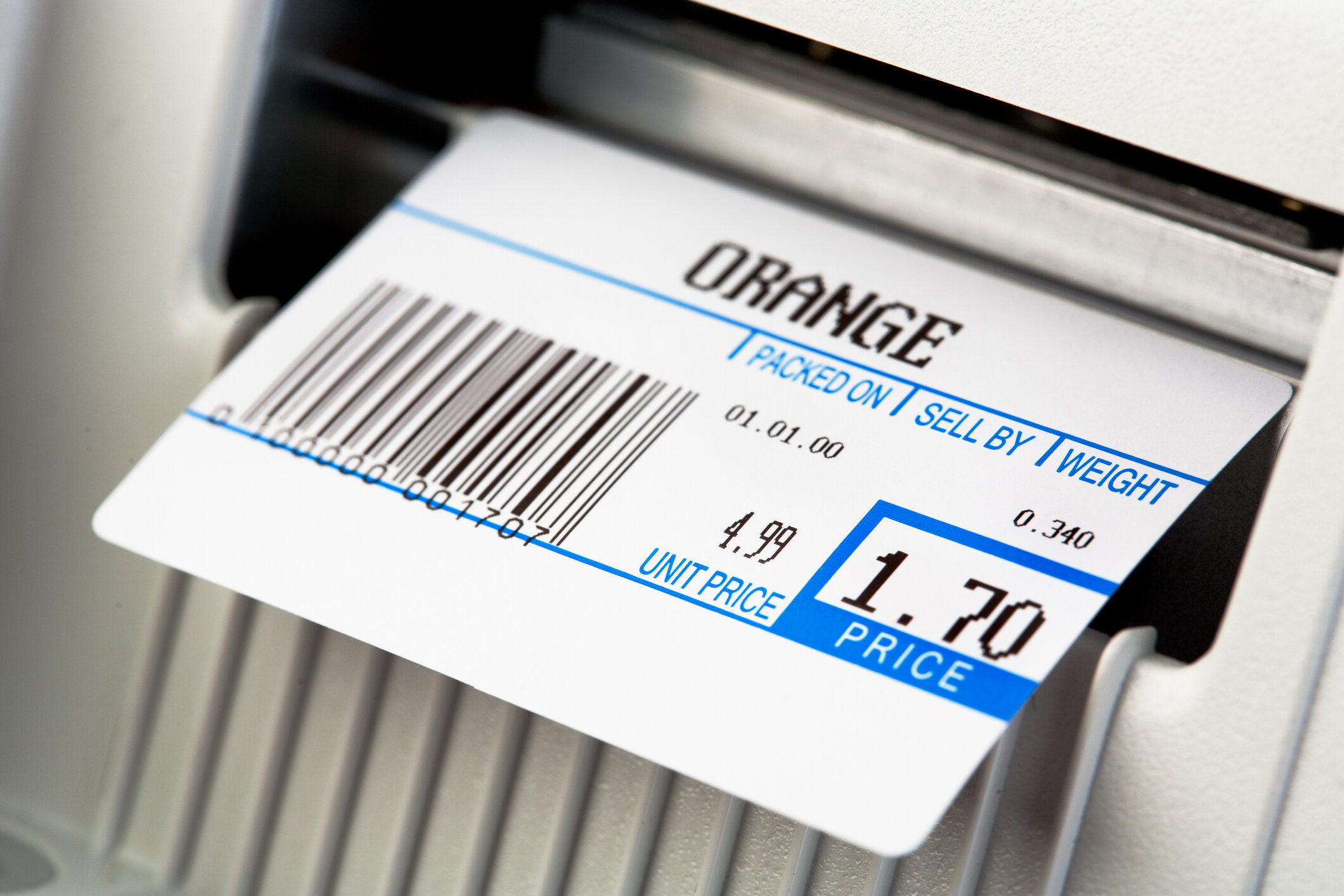Grocery Shopping on a Budget: Healthy Food Tips to Save Money
Eating healthy doesn’t have to break the bank. With some planning, smart shopping strategies, and savvy substitutions, you can buy nutritious food on a budget and keep your family eating well without overspending. Here’s a comprehensive guide for budget-friendly grocery shopping.
1. Start at Home Before Shopping
The first step to saving money on groceries is preparation.
Check your pantry and fridge: Make a list of what you already have versus what you need.
Review store flyers and weekly sales: Many grocery stores post circulars online or in apps.
Clip coupons wisely: Only use coupons for items you would normally buy. Check Coupons.com, product packaging, and store websites for savings.
Planning ahead reduces impulse purchases and ensures every dollar goes further.
2. Smart Strategies at the Store
Look up and down on the shelves: Eye-level products are often more expensive, while store brands on higher or lower shelves can be just as good for less.
Compare unit prices: Divide the total price by weight or volume to find the best deal.
3. Budget-Friendly Produce Tips
Buy in-season fruits and vegetables: They are cheaper and fresher.
Whole produce over pre-cut: Bagged salads or pre-chopped veggies cost more — rinse and chop at home to save.
Long-lasting options: Potatoes, apples, oranges, carrots, cabbage, broccoli, brussels sprouts, pears, and tangerines store well.
Use leftovers wisely: Add to smoothies, soups, casseroles, or freeze items before they spoil.
4. Meat, Fish, and Poultry on a Budget
Choose lean cuts for heart health: Look for cuts labeled “Round,” “Loin,” or “Leg,” and at least 90% lean for ground meats.
Compare unit prices: Bigger packages only save money if you can use or freeze them before they go bad.
Stretch proteins: Combine meat with beans, lentils, rice, pasta, and vegetables for budget-friendly meals.
5. Milk, Dairy, and Eggs
Yogurt: Opt for plain, low-fat yogurt and sweeten with fruit, cinnamon, or granola.
Eggs: A low-cost, high-protein option that lasts up to five weeks in the fridge.
Cheese: Natural cheeses (Swiss, cheddar, mozzarella) often cost less when purchased grated or on sale. Freeze extras for later.
6. Bread and Cereal
Whole grains matter: Check labels; “brown” bread isn’t always whole grain. Look for “whole” in the first two ingredients.
Buy day-old bread on sale or freeze for up to six months.
Cereal: Choose options with ≥3g fiber/serving and ≤8g sugar/serving. Add fruit or vanilla for sweetness.
Bulk oats: A cheap, quick, and nutritious breakfast option. Flavor with nuts, fruit, or cinnamon.
7. Canned and Dried Foods
Canned fruits and vegetables are affordable and long-lasting. Choose no-salt-added veggies and fruits in 100% juice. Rinse to reduce sodium.
Canned proteins: Tuna, salmon, chicken, and beans are cost-effective and convenient.
8. Whole Grains for Budget-Friendly Meals
Stock your pantry with whole-grain pasta, brown rice, quinoa, barley, and bulgur wheat. These can be used across multiple meals and frozen if needed.
9. Smart Snacks and Drinks
Skip sugary snacks like cookies and chips — focus on fruits, veggies, low-fat cheese sticks, yogurt, and nuts.
Limit juice and soda: Water is free, and you can flavor it at home with fresh or frozen fruit, cucumber, lemon, or mint.
Shelf-stable milk (dairy or plant-based) is another budget-friendly beverage option.
10. Frozen Foods on a Budget
Frozen produce is just as nutritious as fresh and often cheaper. Choose plain vegetables without sauces or added seasonings.
Homemade frozen meals: Cook double batches, freeze leftovers, and save money compared to store-bought frozen entrees.
Enhance pre-packaged meals: Add vegetables to increase nutrition and stretch portions.
11. Plan for Savings and Less Waste
Make a weekly meal plan around sale items and in-season produce.
Swap convenience foods for homemade versions to save money.
Freeze, repurpose, and creatively use leftovers to reduce waste.

